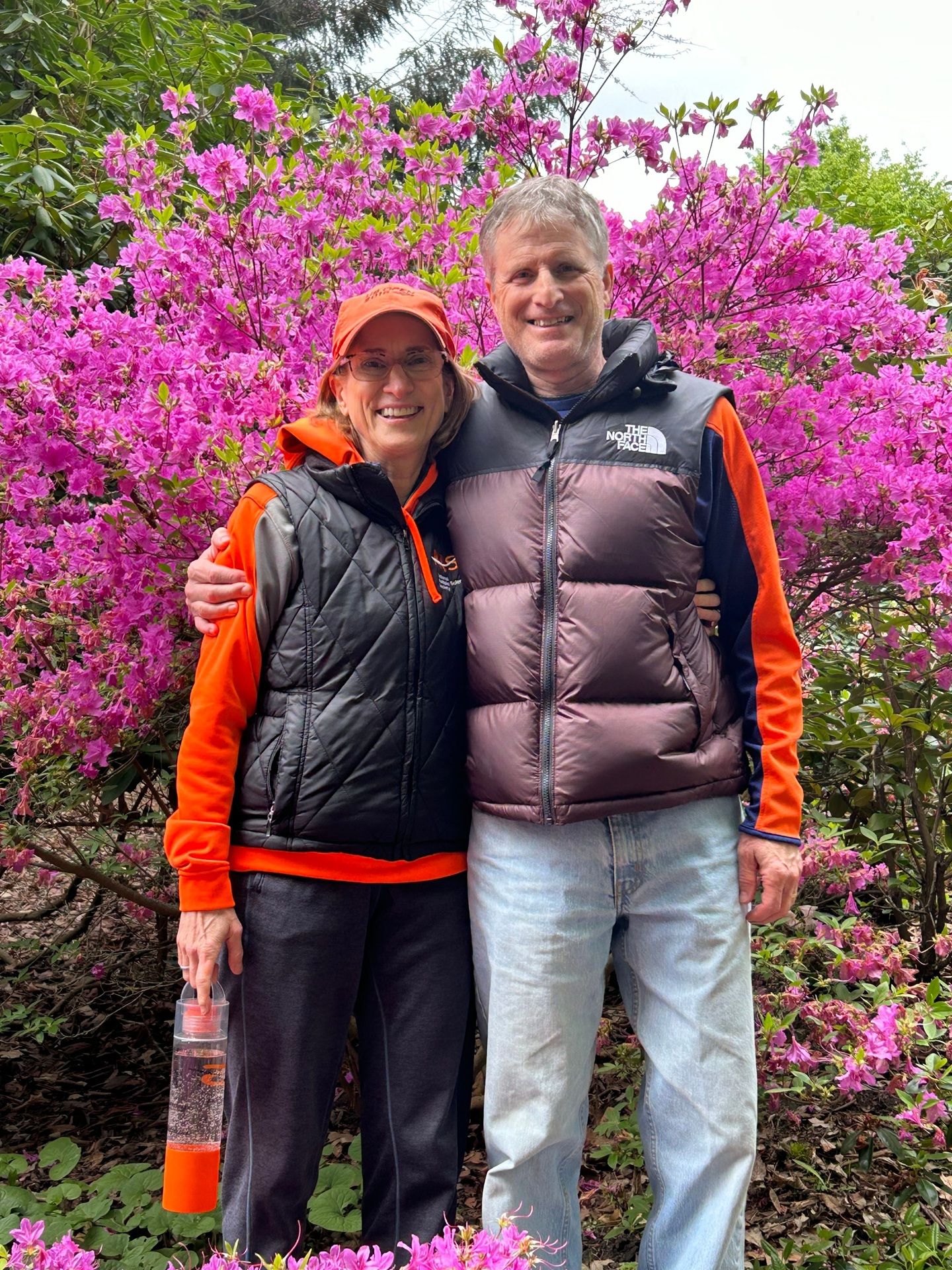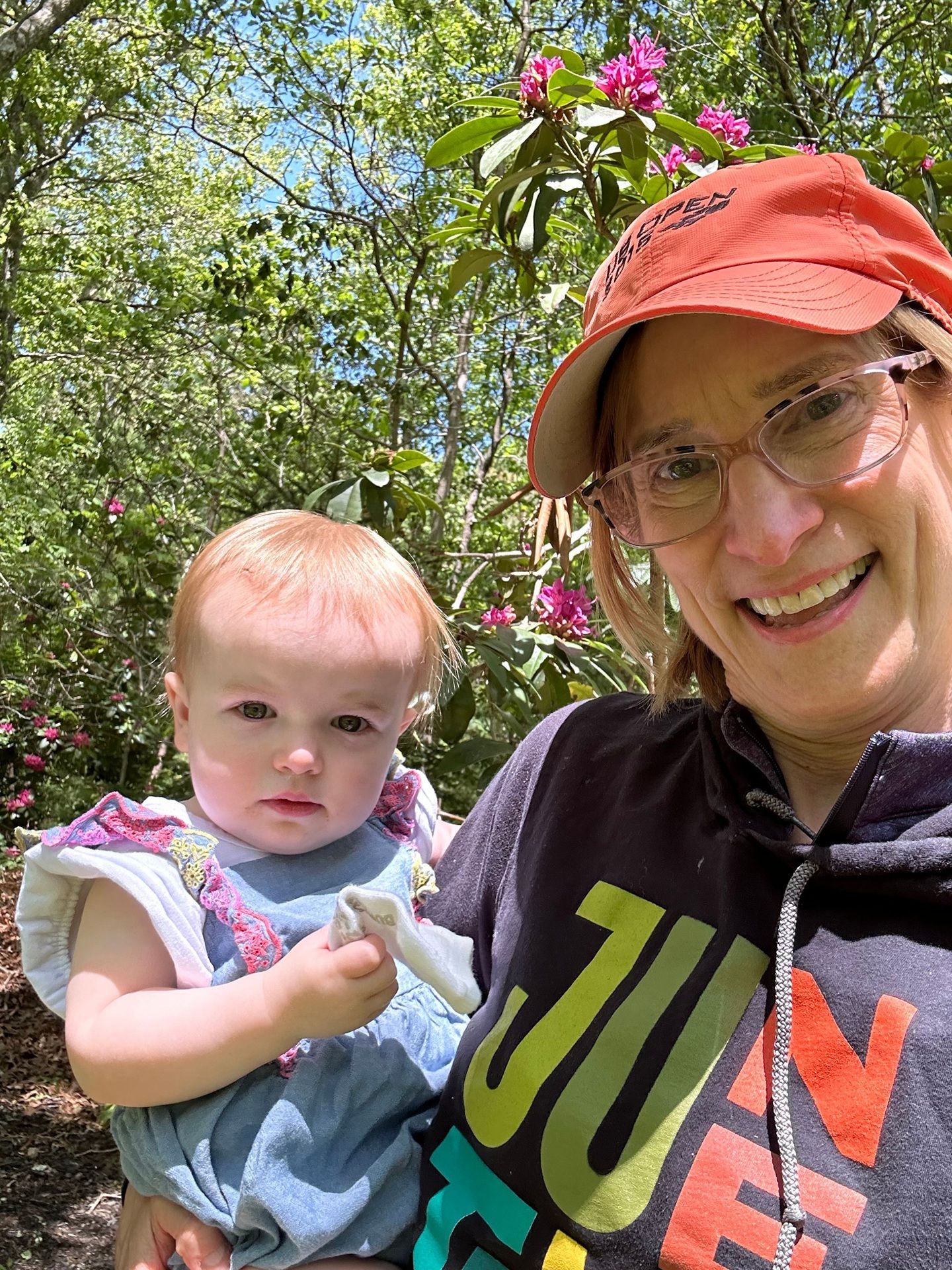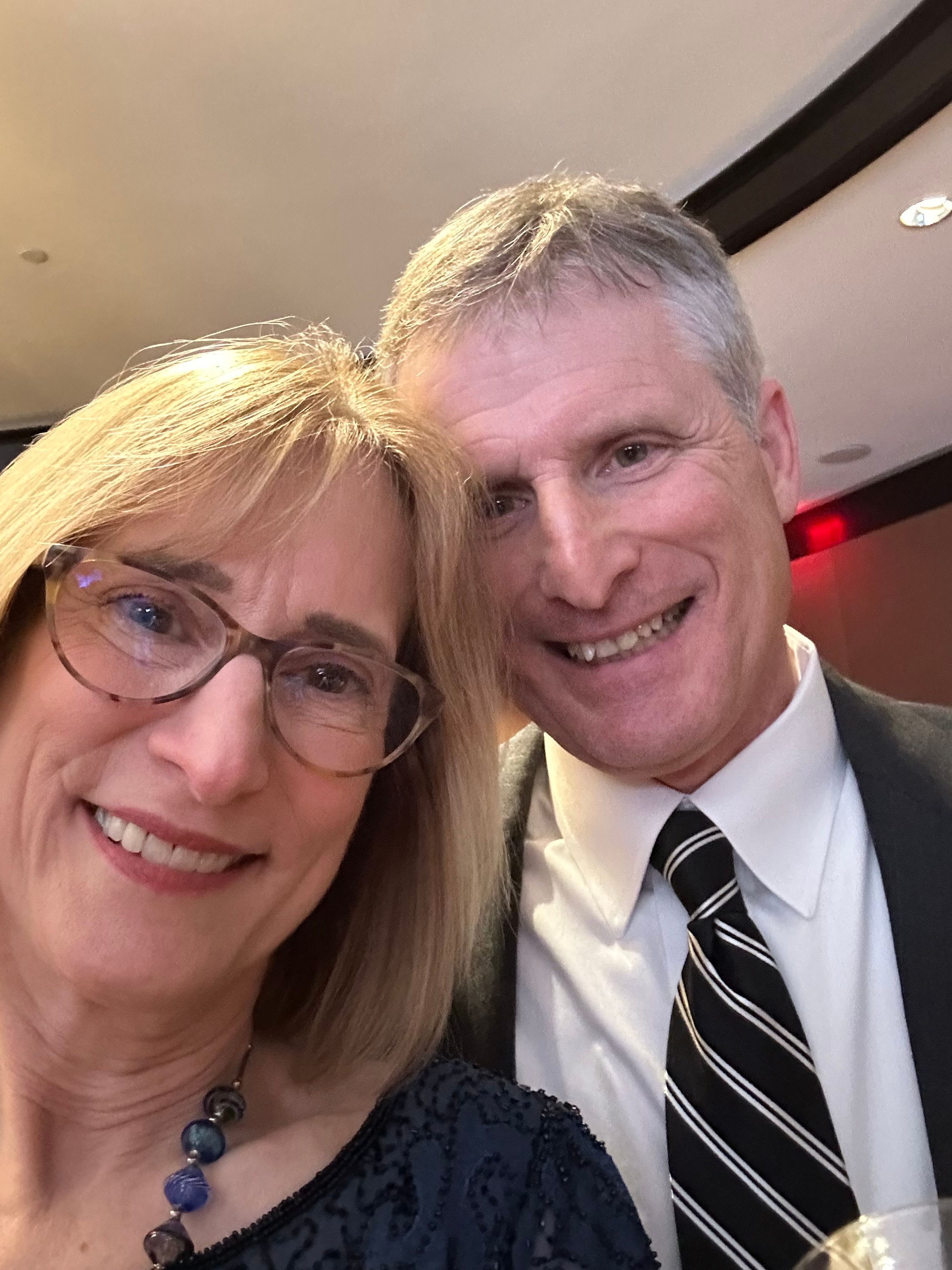Under Zagieboylo’s tenure, the Society formed the International Progressive MS Alliance, now 20 countries strong, demonstrating the importance and opportunity for the Society to bring people together, ensure collaboration and inspire collective work to accomplish more faster.In 2021, the mission statement was changed to: “We will cure MS while empowering people affected by MS to live their best lives. It’s a declarative statement that we see cures on the horizon, cures are possible and, even, within reach. The Pathways to Cures Roadmap, published in 2022 with international consensus, is the plan to achieve MS cures as quickly as possible. The endorsement of 30+ MS science and advocacy organizations from around the world is a nod from the international MS community to the U.S. National MS Society’s global leadership.”Including the word ‘cure’ in the mission was a “bold step,” Porrino recalls.“The theme of my leadership can be summed up with ’Together we are stronger. Together is the only way forward,’ ” Zagieboylo says. “When everyone has a way to contribute what they know and what they can, there is no limit to what can be accomplished, including MS cures.”It’s a theme that also kept her at the Society for the entirety of her career. “I learned so many lessons from the people I met, people who cared, and the people with MS who taught me what it is to be resilient, to embrace your life,” she says.There have been hurdles, of course. In 2020, COVID brought the world to a near standstill. It impeded the Society’s ability to raise funds. People felt isolated. The organization had to find new ways to bring people together and keep them connected. It had to be innovative about virtual programming and remote work. And because people with MS needed answers about the virus, how it would affect them and whether they should get vaccinated, the Society had to get accurate, actionable information out quickly. “We got bolder in being declarative—bringing experts together to reach consensus based on available information and facts and their collective expertise,” Zagieboylo says. “We leveraged our relationships and influence to respond to the urgent needs of people with MS and their healthcare providers.”COVID could have been a major stumbling block for the Society but Zagieboylo made “good decisions, quick decisions, hard decisions,“ Porrino says. “We actually came out of it better.”There are always challenges and limited resources. A big challenge is what she calls the “double-edged sword of social media.” On the one hand, the Society’s mobile-first website and digital community connects people with accurate information, resources and each other to share experiences and support. On the other hand: “Hate and misinformation can spread quickly and hurt people. While the Society is leveraging amazing technology and tools, we are also expending energy to protect the MS movement from harm.”Critically important is the Society’s social responsibility to diversity, equity and inclusion (DEI). “Anyone can get MS, and we need people to feel welcome and included in the MS movement. Everyone needs access to approved treatments, no one should be excluded,” Zagieboylo says. “This is a basic premise that seems straightforward. We want people to be comfortable representing themselves, so they can get what they need to move their lives forward.” In her view, “ongoing focus on diversity, equity and inclusion is necessary and a significant challenge for the next CEO in today’s social climate.”Porrino says Zagieboylo’s focus on DEI “was visionary and steadfast. With an organization like ours, you have to embrace it. She got a lot of pushback but she never waivered.”What’s her advice to her successor?“Expand the MS movement, bring more people in.
Stay focused and measure progress on the strategic plan.
Ensure principle-based decisions.
Be socially responsible.
In the words of the late tennis great Arthur Ashe:
‘Start where you are. Use what you have. Do what you can.’
Have courage. This job is not for the faint of heart.”She’s reluctant to talk about a legacy. “It’s not about me. It has been my honor to contribute to the best of my ability for 39 years,” she says. “And I’m grateful to have been part of setting the course for the next three years in the 2025-2027 Strategic Plan. It will focus on making sure people get accurately diagnosed as quickly as possible, that people get the best treatment without delay, and that people have what they need to make the best decisions for their lives.”The Society being her life’s work for nearly 40 years, her decision to retire was a surprisingly easy one. “You have to pick a time. You have to decide what you want in life, what you want to accomplish. For me, it’s not a decision made alone. I’m so lucky to be part of a loving, devoted family.”Zagieboylo and her husband, Marc Gaudette, a neuropsychologist for a brain injury rehabilitation unit in Rochester, New York, will celebrate their 40th wedding anniversary in October and are retiring together to enjoy the next phase of their lives. “It has been important to us to be positive forces in the lives of others. He’s been with me the whole journey of my career, and I have been on his with him. We deeply appreciate the life we have together.”They plan to move from Honeoye Falls, New York to Cape Cod, Massachusetts, to be a regular, physical presence in the life of their granddaughter Sophia while being available and present for both of their sons and their families.So, on July 2, the day after her official retirement, she’ll be on the Cape, making plans for what’s next.“Through all the stages of my life, I’ve tried to be doing what feels most important at the time, having no regrets,” she says. “Being part of the development of the next generation seems super important to me right now. I have loved my time with Society. It has been an honor to work to the best of my ability for an important mission, and I am grateful for all the amazing people I’ve worked with and learned from. We made progress. And there is more progress to come, I’m sure of it.”








